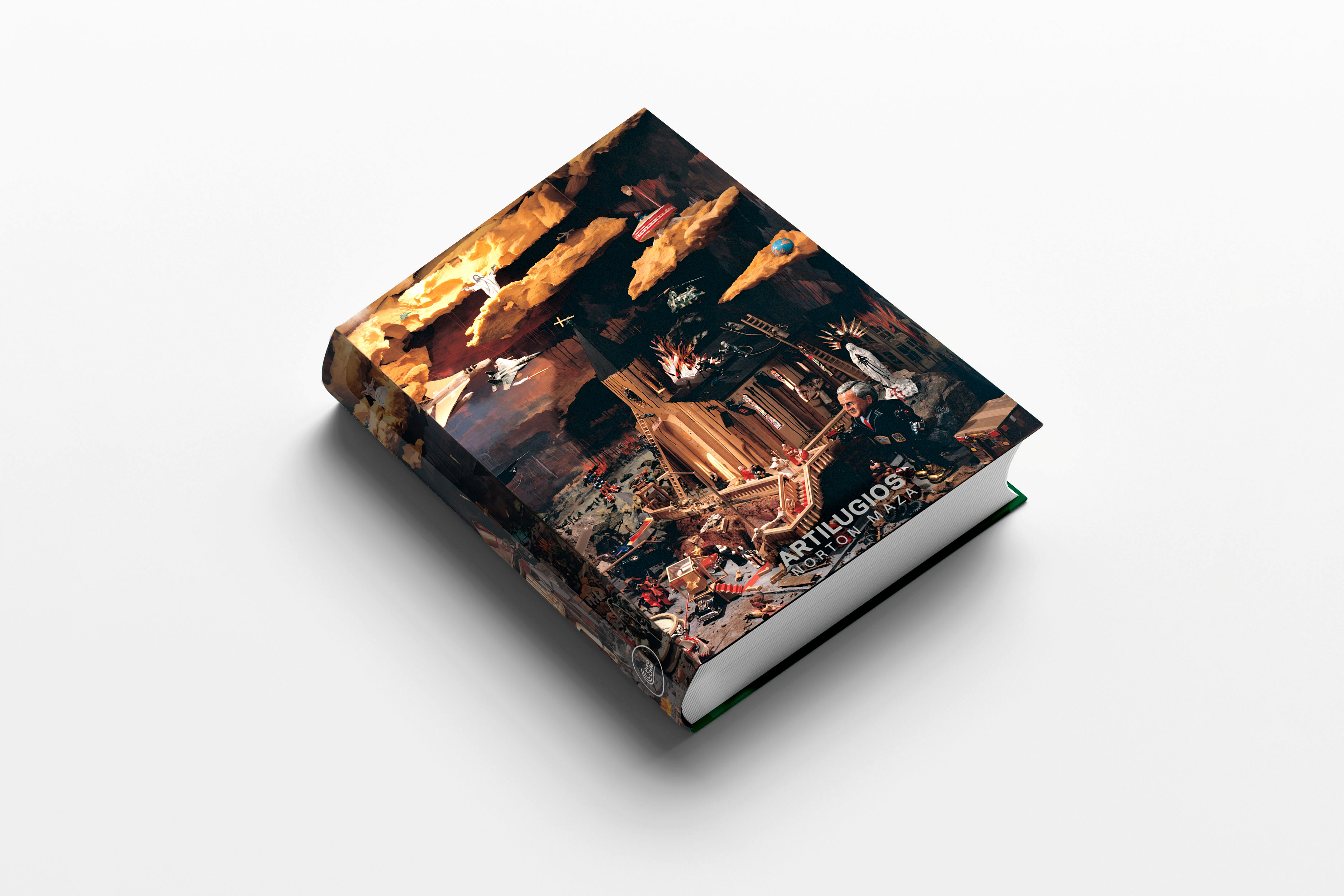
This text can only be read in one way: from left to right. However, Norton Maza's work can be understood from different points of view, whether it be historical, sociological, biographical, political or artistic.
It is not a cryptic work, but a critical one.
Critical of power. Ecclesiastical, economic, state. Power when it is understood as an oppressive, overbearing entity. Generating not a call to reaction, but to reflection. Not through reproduction, but through representation. Placing the spectator in an uncomfortable location, seated on a sofa of prejudices, of certainties that enter into crisis. The visitor of a work, a Norton Maza's scenography is part of it, is introduced into the artist's imaginary. In this position, the spectator questions the work and questions himself.
First a grimace, then a smile, a laugh, and then a laugh. In front of luxury, elitism. In the museum, under a decor of colonial characteristics, the jolglorio is heard in the mezzanine, the transition between the hidden and the venerated, and the murmurs swarm in the basement, the dirty conscience of the temple.
The game. From the first precarious toys built by Maza, an artist who cohabits between the first and the third world, to the conceptual games in which we are the toys in the hands of power.
The dirty, the clean. Many of the works show that double face: an idyllic, shiny world, built with visible waste materials. There is trap, there is cardboard. The artist makes use of an open multiplicity of resources to get his messages across. Ideas that surprise us, ridicule us, satirize us and reflect us.
Juan José Santos - Curator and Art Critic







































